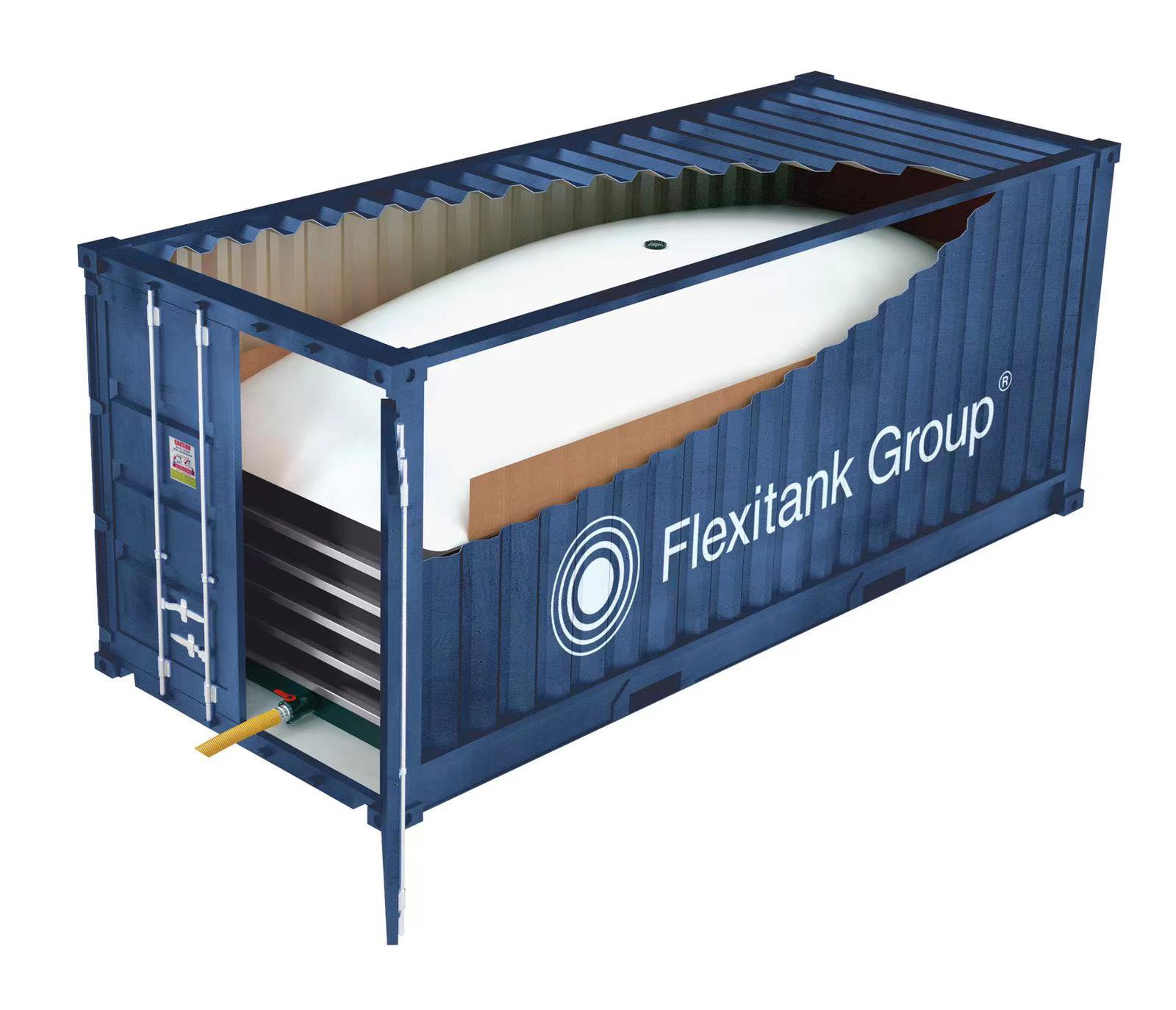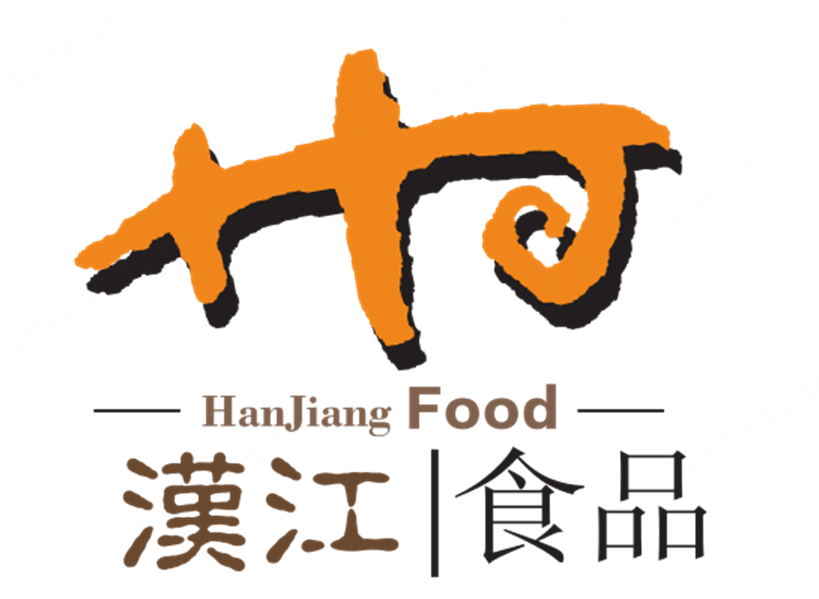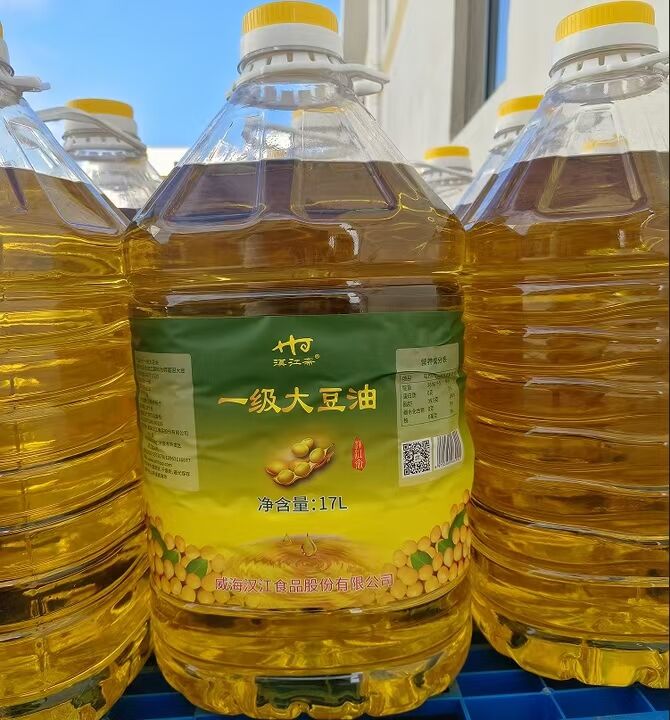Comparison of Soybean Oil Pressing and Extraction Processes
Soybean oil is one of the most widely produced and consumed vegetable oils in the world. It is a staple in cooking, food processing, animal feed production, and even industrial applications such as biodiesel manufacturing. The way soybean oil is produced has a direct impact on its yield, nutritional value, taste, and cost. Two primary methods are used to obtain oil from soybeans: mechanical pressing and solvent extraction.
While both approaches aim to separate oil from the soybean seed, the processes, efficiencies, and characteristics of the final product differ significantly. Understanding these differences is important for manufacturers, food industry professionals, and consumers seeking to make informed decisions about the type of soybean oil they use or produce.
This article provides a detailed comparison between soybean oil obtained through pressing and extraction, covering the technical processes, quality characteristics, nutritional profiles, economic considerations, and market positioning of each method.
Overview of Soybean Oil Production
Soybean seeds typically contain 18–20% oil and a large proportion of protein, making them valuable for both oil and meal production. The production process generally includes the following steps:
Cleaning – Removing impurities like stones, dust, and plant debris.
Dehulling – Separating the outer shell to improve oil yield and quality.
Conditioning – Adjusting moisture and temperature to prepare for oil release.
Crushing and Flaking – Increasing surface area for better oil separation.
Oil Extraction – Removing oil from the prepared flakes via pressing or solvent methods.
Refining – Removing impurities, free fatty acids, pigments, and odors from crude oil.
The extraction step is the major difference between the two methods.
Mechanical Pressing Method
Mechanical pressing uses physical force to squeeze oil from soybeans. The most common equipment is a screw press, which applies high pressure to the conditioned soybean flakes, forcing oil through small openings while retaining the solid cake.
Types of Pressing
Cold Pressing – The process is carried out without adding external heat, usually keeping the temperature below 50°C to preserve nutrients and natural flavor.
Hot Pressing – The soybeans are heated before pressing to improve oil flow and yield, but the higher temperature can degrade some heat-sensitive compounds.
Advantages of Pressing
Minimal chemical alteration, producing a more “natural” oil.
No use of chemical solvents, reducing environmental and safety risks.
Retains more natural flavor and aroma.
Residual soybean cake remains high in protein and is suitable for animal feed.
Disadvantages of Pressing
Lower oil recovery (typically 70–85% of total oil content).
Higher residual oil content in the meal, which can be less desirable for feed efficiency.
Higher production costs per unit of oil compared to large-scale extraction.
Solvent Extraction Method
Solvent extraction, most commonly using food-grade hexane, is the dominant method for large-scale soybean oil production.
Extraction Steps
Soybean flakes are immersed in a solvent, which dissolves the oil.
The oil–solvent mixture is separated from the solid residue (meal).
The solvent is evaporated from the oil and recovered for reuse.
The crude oil undergoes refining to remove impurities and ensure safety.

Advantages of Extraction
Very high oil recovery (up to 98% of total oil content).
More efficient for industrial-scale operations.
Lower cost per liter of oil produced.
Produces a defatted soybean meal with low residual oil, ideal for animal feed and other applications.
Disadvantages of Extraction
Requires thorough refining to remove solvent residues.
More loss of natural flavor and some nutrients.
Safety and environmental considerations due to handling of volatile solvents.
Physical and Chemical Quality Comparison
The quality of soybean oil is determined by several measurable properties that vary depending on the production method.
Color and Clarity
Pressed oil – Often darker and cloudier in its crude form due to suspended solids, but can be filtered for better clarity. Cold-pressed oil tends to have a richer golden hue.
Extracted oil – Usually lighter in color after refining, with a more uniform appearance.
Free Fatty Acid (FFA) Content
Pressed oil – Can have low FFA content if processed quickly, but may be higher if soybeans are not fresh.
Extracted oil – Refining removes FFAs, resulting in consistently low levels in the final product.
Peroxide Value (PV)
PV indicates the degree of primary oxidation.
Pressed oil – Cold pressing produces oil with low initial PV, but unrefined oil can oxidize faster.
Extracted oil – Refining stabilizes PV but can reduce natural antioxidants.
Phospholipid Content
Pressed oil – Retains more phospholipids, which can contribute to emulsifying properties.
Extracted oil – Refining removes most phospholipids to improve clarity and shelf life.
Nutritional Profile Comparison
Fatty Acid Composition
Both methods produce oil with a similar fatty acid profile, generally containing:
Polyunsaturated fatty acids (primarily linoleic acid) – 50–60%
Monounsaturated fatty acids (mainly oleic acid) – 20–30%
Saturated fatty acids – 10–15%
High-oleic soybean oil varieties offer improved oxidative stability and are produced through selective breeding.
Vitamin E (Tocopherols)
Pressed oil – Especially cold-pressed oil retains higher tocopherol levels, which act as antioxidants.
Extracted oil – Refining reduces tocopherol content but still maintains significant amounts.
Phytosterols and Other Bioactive Compounds
Pressed oil – Retains more bioactive compounds when minimally processed.
Extracted oil – More refining steps reduce these compounds.
Sensory Qualities
Pressed oil – Richer flavor and aroma, especially in cold-pressed form. Often used in gourmet cooking and salad dressings.
Extracted oil – Neutral flavor and aroma after refining, making it versatile for frying, baking, and processed food manufacturing.
Safety Considerations
Both methods produce safe soybean oil when processed correctly, but each has unique considerations:
Pressed oil – Minimal processing means fewer chemical risks, but higher susceptibility to microbial contamination if stored improperly.
Extracted oil – Hexane use requires strict controls and refining to remove solvent residues, ensuring safety for consumption.
Environmental Impact
Pressed oil – Lower chemical impact but can require more energy per unit of oil produced.
Extracted oil – More efficient in yield but involves handling and recovering solvents, which requires strict environmental safeguards.
Economic Considerations
Pressed oil – Higher production costs per liter due to lower yield; often sold as a premium product in smaller markets.
Extracted oil – Lower cost per liter, ideal for high-volume industrial supply.
Market Applications
Pressed soybean oil – Premium cooking oil, health food markets, organic products, specialty culinary uses.
Extracted soybean oil – Mainstream cooking oil, food manufacturing, frying oil, margarine production, biodiesel feedstock.
Summary Table of Differences (Text Version)
Yield
Pressing: Moderate (70–85%)
Extraction: High (95–98%)
Nutrient Retention
Pressing: Higher in vitamins and bioactives
Extraction: Lower due to refining
Flavor
Pressing: Rich and nutty
Extraction: Neutral
Cost
Pressing: Higher per liter
Extraction: Lower per liter
Shelf Life
Pressing: Shorter if unrefined
Extraction: Longer after refining
Conclusion
The choice between pressing and extraction for soybean oil production depends on the target market, production scale, and desired oil characteristics. Pressing, especially cold pressing, preserves more of the oil’s natural nutrients and flavor but sacrifices yield and increases cost. Extraction maximizes yield, reduces costs, and produces a versatile oil suitable for a wide range of industrial applications, though at the expense of some nutritional and sensory qualities.
For premium health-conscious consumers, pressed soybean oil is often the preferred choice. For large-scale food processing and industrial uses, extracted soybean oil dominates due to its efficiency and cost-effectiveness.
FAQ
Which method produces healthier soybean oil?
Cold-pressed soybean oil retains more antioxidants and bioactive compounds, making it slightly more nutritious.
Is extracted soybean oil safe to consume?
Yes, when properly refined to remove solvent residues, extracted soybean oil meets all food safety standards.
Which type is better for frying?
Refined extracted soybean oil is more stable and neutral in flavor, making it suitable for high-temperature frying.
Does pressing soybean oil cost more?
Yes, due to lower yield and smaller-scale production, pressed oil generally costs more per liter.
Which method is more environmentally friendly?
Pressing avoids chemical solvents, but extraction has higher yield efficiency. The environmental impact depends on production practices and waste management.
Table of Contents
- Comparison of Soybean Oil Pressing and Extraction Processes
- Overview of Soybean Oil Production
- Mechanical Pressing Method
- Solvent Extraction Method
- Physical and Chemical Quality Comparison
- Nutritional Profile Comparison
- Sensory Qualities
- Safety Considerations
- Environmental Impact
- Economic Considerations
- Market Applications
- Summary Table of Differences (Text Version)
- Conclusion
- FAQ

 EN
EN
 DA
DA
 AR
AR
 NL
NL
 FI
FI
 FR
FR
 DE
DE
 EL
EL
 HI
HI
 IT
IT
 JA
JA
 KO
KO
 NO
NO
 PL
PL
 PT
PT
 RU
RU
 ES
ES
 SV
SV
 TL
TL
 ID
ID
 SR
SR
 UK
UK
 VI
VI
 HU
HU
 TH
TH
 TR
TR
 FA
FA
 AF
AF
 MS
MS
 GA
GA
 MK
MK
 HY
HY
 KA
KA
 BN
BN
 LA
LA
 MN
MN
 NE
NE
 MY
MY
 KK
KK
 UZ
UZ
